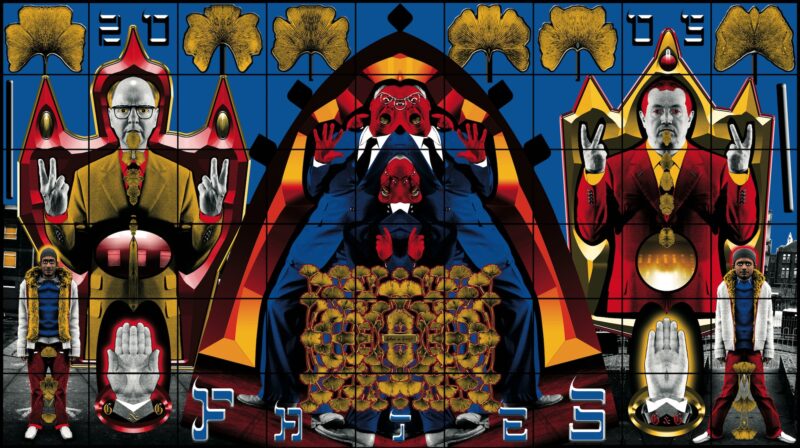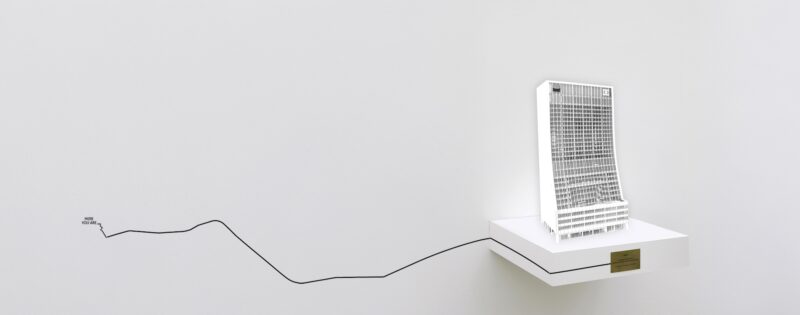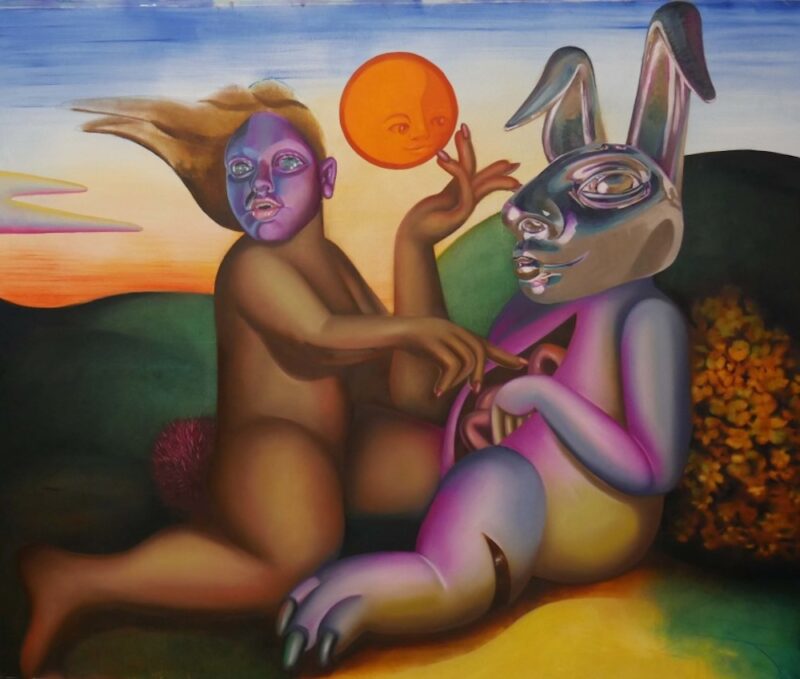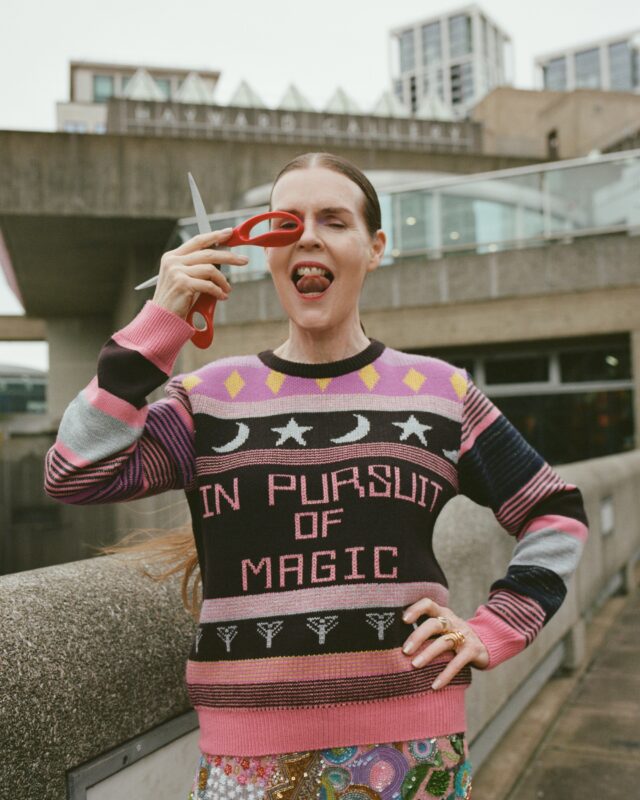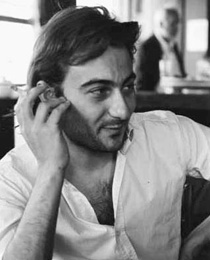
FUTURE OF ART TEXT 4 TOM MORTON
CURATOR, HAYWARD GALLERY
Hi Ben, thanks for your invitation. Below is an extract from a panel discussion held at London’s ICA in 2018 which covered much of the future history you’re concerned with. The speaker is Tobias Sippel, Editor at Large of the webzine We Used To Be So Modern. I think Tobias goes someway to answering your question.
‘In the years leading up to the crash, big business became more and more interested in aligning itself with contemporary art. On a deep level, I suspect this wasn’t only about marketing to consumers, but marketing to itself – for all we might have laughed at the forwards in exhibition catalogues or art fair brochures about how the sponsorship of this or that cultural event reflected the value this or that company placed on ‘creativity’, it wasn’t just smoke and mirrors.The corporate mind really believed it.
From there, the next evolutionary stage was obvious. When they began to pick themselves up after the crash, a number of companies resolved to cut out the middleman, and became cultural brokers. Why sponsor a museum, when you can open your own, and fill it with works that precisely reflect your brand? Even better, take over an existing museum, and reshape it in your image.
This didn’t happen with the really big institutions, of course – no government wants to be seen to be selling off the national family silver. But some of the smaller ones, the provincial museums and arts centres with huge holes in their budgets?
The politicians were happy to be rid of them, and if the local intellegentsia protested, hey, they could always argue that it was better than closing them down. The real genius of these places came with their realization that they didn’t need to show the work of what we might call ‘proper’ artists at all, only the work of ordinary people, made with the help of in-house mentors and fabricators.
We could draw a Venn Diagram in which the internet trend for user-generated content intersected with the arts policy trend towards participation and the corporate trend towards places like Niketown, and at the centre, right at the bullseye, would be these new institutions. I take it you’ve all visited the Nokia Baltic Centre?’.
FUTURE OF ART Julia Peyton-Jones: PART THREE
FUTURE OF ART JOSH BEAR – PART TWO
FUTURE OR ART Hans Ulrich Obrist – PART ONE
Future Of Art was produced by Ben Lewis
www.benlewis.tv www.artsafari.tv
